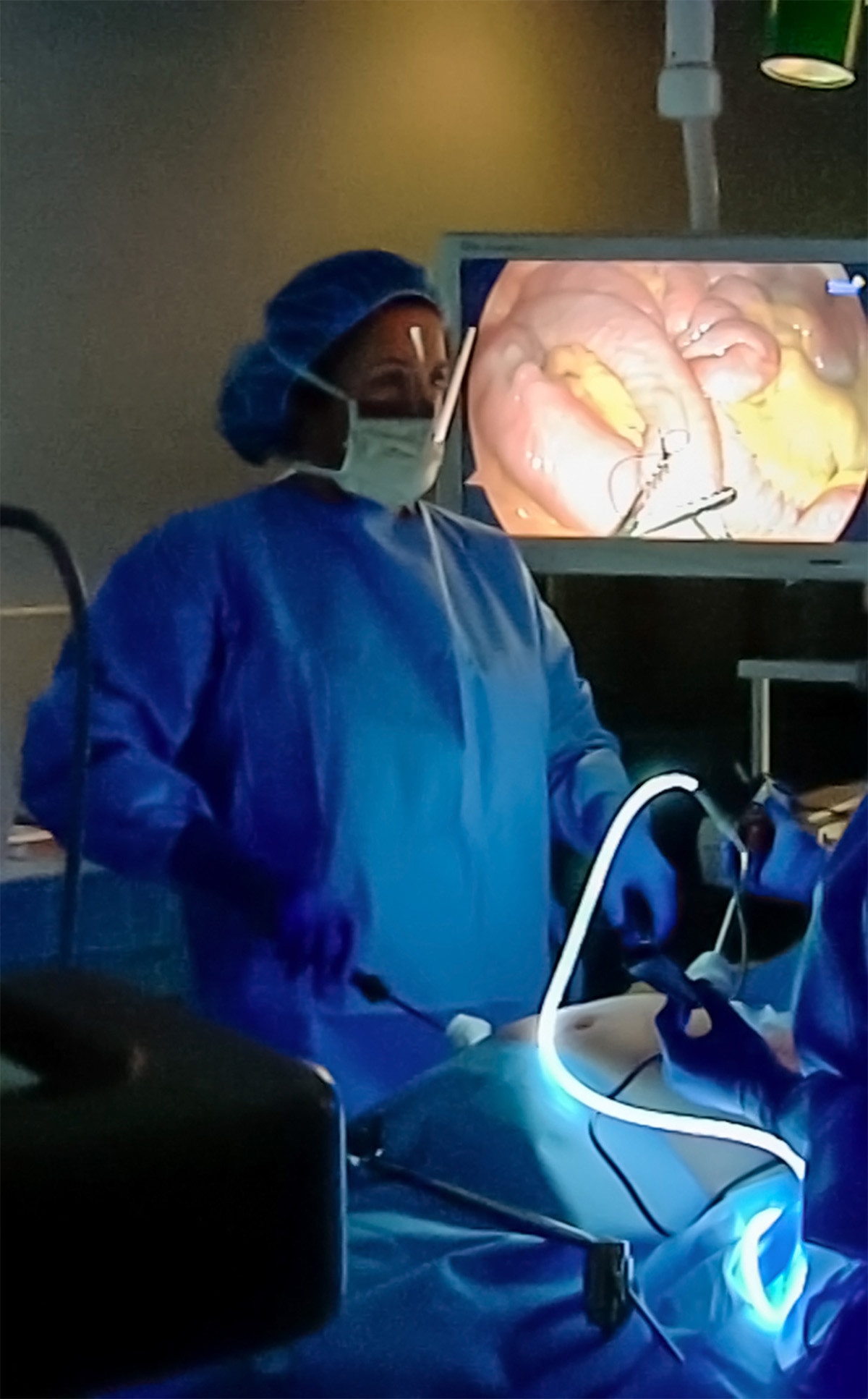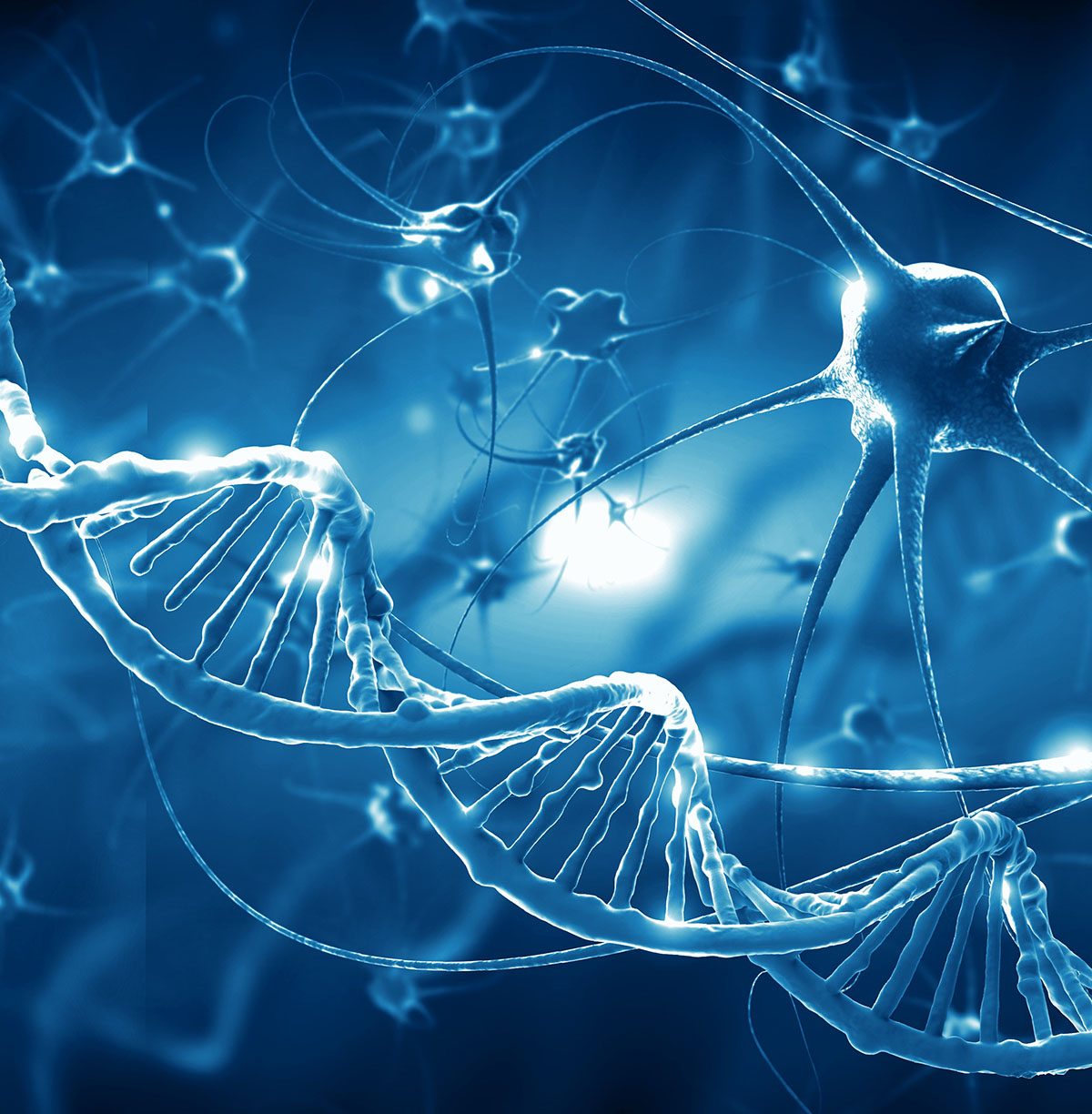Research Updates
Bariatric surgery provides long-term blood glucose control, type 2 diabetes remission
 Credit: University of Pittsburgh Medical Center
Credit: University of Pittsburgh Medical CenterPeople with type 2 diabetes who underwent bariatric surgery achieved better long-term blood glucose control compared to people who received medical management plus lifestyle interventions, according to a new study supported by NIDDK. In this large, pooled follow-up study, participants who underwent bariatric surgery, also called metabolic or weight-loss surgery, were also more likely to stop needing diabetes medications and had higher rates of diabetes remission up to 12 years post-surgery compared to participants who received medical management and lifestyle intervention for their diabetes. Additional exploratory analyses showed that bariatric surgery had important, beneficial effects on HbA1c and weight loss among participants with a body mass index (BMI) between 27 and 34 (within overweight and lower obesity ranges), which lend important information about the benefit of surgery in people with type 2 diabetes who fall short of the traditional, higher BMI threshold of 35 for bariatric surgery. These results were published in JAMA in February.
Discovery of gene in mice could open new therapeutic avenues for a rare neurodegenerative disorder
A recent study led by NIDDK researchers sheds light on a rare neurological disease, GM1 gangliosidosis, which occurs when people lack an enzyme responsible for breaking down the lipid known as GM1 ganglioside. As a result, the lipid accumulates in the brain and causes severe neurological symptoms. The researchers discovered that in mice, a gene called Neu3 creates an alternative pathway to help degrade the lipid, which may explain why mice exhibit a much milder form of GM1 gangliosidosis compared to what people with the disease experience. When the researchers turned off the Neu3 gene in mice, the severity of the disease increased. Specifically, the mice experienced a faster onset of neurological symptoms, greater neurodegeneration, and shorter lifespan. The findings, which published in the Journal of Lipid Research in December, advance understanding of the potential mechanisms underlying the severity of GM1 gangliosidosis and could lead to new therapies to alter the course of the disease. In future studies, the research team will explore whether the Neu3 gene modifies other neurodegenerative diseases resulting from a build-up of gangliosides in the brain.
 In the first experimental gene therapy trial for children with GM1 gangliosidosis in 2019, NIDDK’s Dr. Cynthia Tifft and NIH Clinical Center staff work with a 9-year-old study participant with the condition.
In the first experimental gene therapy trial for children with GM1 gangliosidosis in 2019, NIDDK’s Dr. Cynthia Tifft and NIH Clinical Center staff work with a 9-year-old study participant with the condition. Credit: Ernesto Del Aguilla III, National Human Genome Research Institute
Switching to a vegan or ketogenic diet rapidly affects immune system
Researchers at the National Institutes of Health, including NIDDK, observed rapid and distinct immune system changes in a small study of people who switched to a vegan or a ketogenic (also called keto) diet. Scientists closely monitored various biological responses of people who ate either a vegan or keto diet for two weeks, then switched to the opposite diet for another two weeks. They found that the vegan diet prompted responses linked to innate immunity—the body’s non-specific first line of defense against pathogens—while the keto diet prompted responses associated with adaptive immunity—pathogen-specific immunity built through exposures in daily life and vaccination. Metabolic changes and shifts in the participants’ microbiomes—communities of bacteria living in the gut—were also observed. More research is needed to determine if these changes are beneficial or detrimental and what effect they could have on nutritional interventions for diseases such as cancer or inflammatory conditions. The paper was published in Nature Medicine in January.

NIDDK scientists develop standard models of human fat cells to help advance research
Human fat is a complex organ that plays a critical role in sustaining health, and the lack of standardized models of brown and white adipose tissue, or fat cells, have made it challenging to understand its structural, functional, and genetic characteristics. In a new study, NIDDK researchers tackled this challenge by characterizing human brown and white adipose tissue cells donated by a male patient during an abdominal surgery. In analyzing these cells, the researchers identified the physiological mechanisms that allow brown fat cells to generate heat in response to cold temperatures, thus demonstrating how standardized models of fat tissue can be used to better advance knowledge on a cellular level. Standardized models of human fat cells will also help researchers generate reproducible study results. Published in December in Endocrinology, and selected as the journal’s “featured article of the week” in January, the study lays the groundwork for future physiologic, pharmacologic, and genetic studies on human fat and its role in metabolic disease and health.
NIDDK researchers develop analytical method to identify genes associated with risk of Alzheimer’s disease

A new NIDDK study has identified nine genes potentially linked to higher risk of Alzheimer’s disease (AD) in people of African descent. The researchers developed a “gene-constrained” analysis, in which they counted and compared only moderate- and high-risk gene variants affecting gene function. This approach differs from the more common “genome-wide association study” (GWAS) method, which looks at all regions across the genome and is typically used when searching for genetic variants associated with complex diseases involving many genes, such as AD.
One of the genes the researchers identified was GNB5, which regulates G-protein signaling. The discovery of GNB5 as a risk gene for AD suggests that regulation of G-protein signaling may be critically involved in the development of the disease. In addition, the nine genes the researchers identified were not among previously identified genes linked to AD by the GWAS method. The results, which were published in The American Journal of Human Genetics in March, indicate that the gene-constrained approach might complement the GWAS method by enhancing the detection of genes associated with AD and other polygenic diseases.
